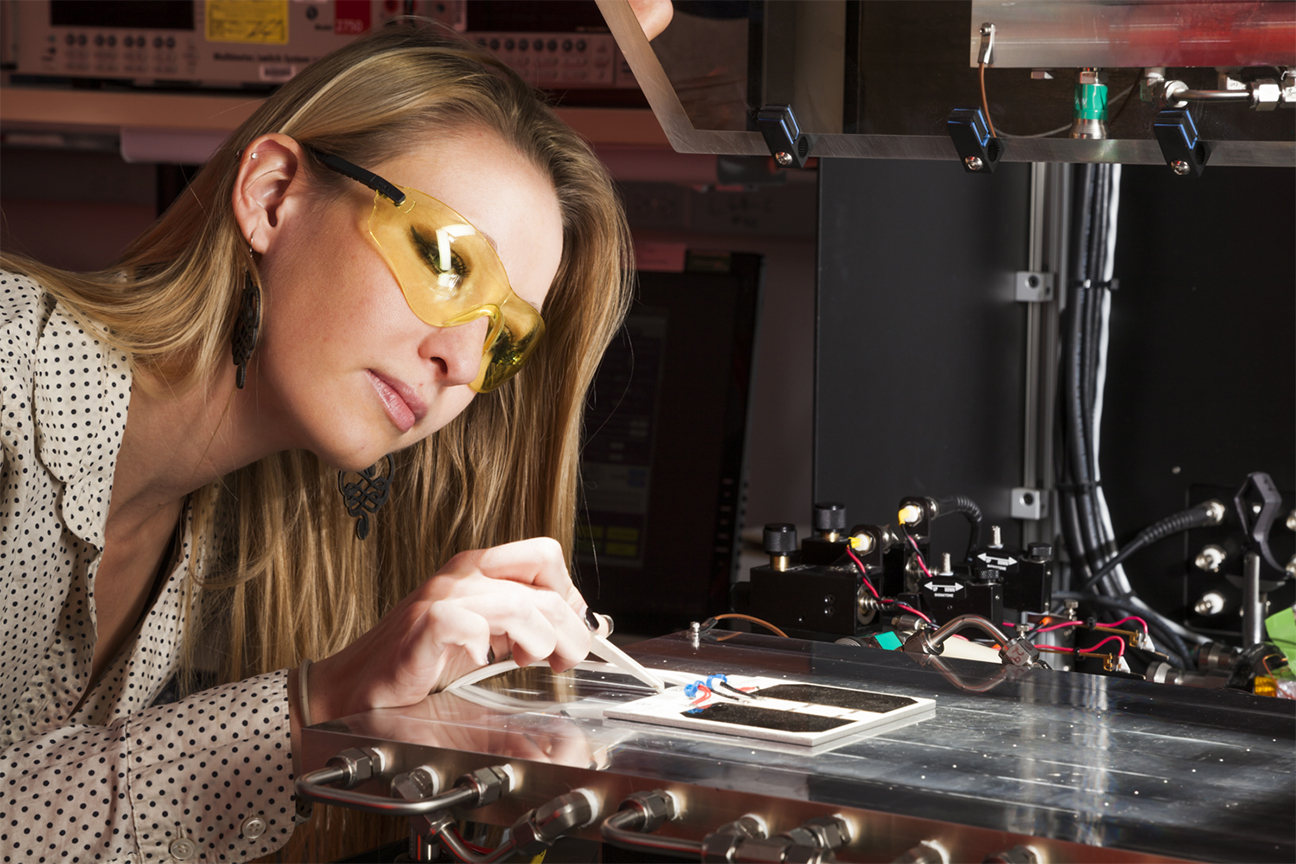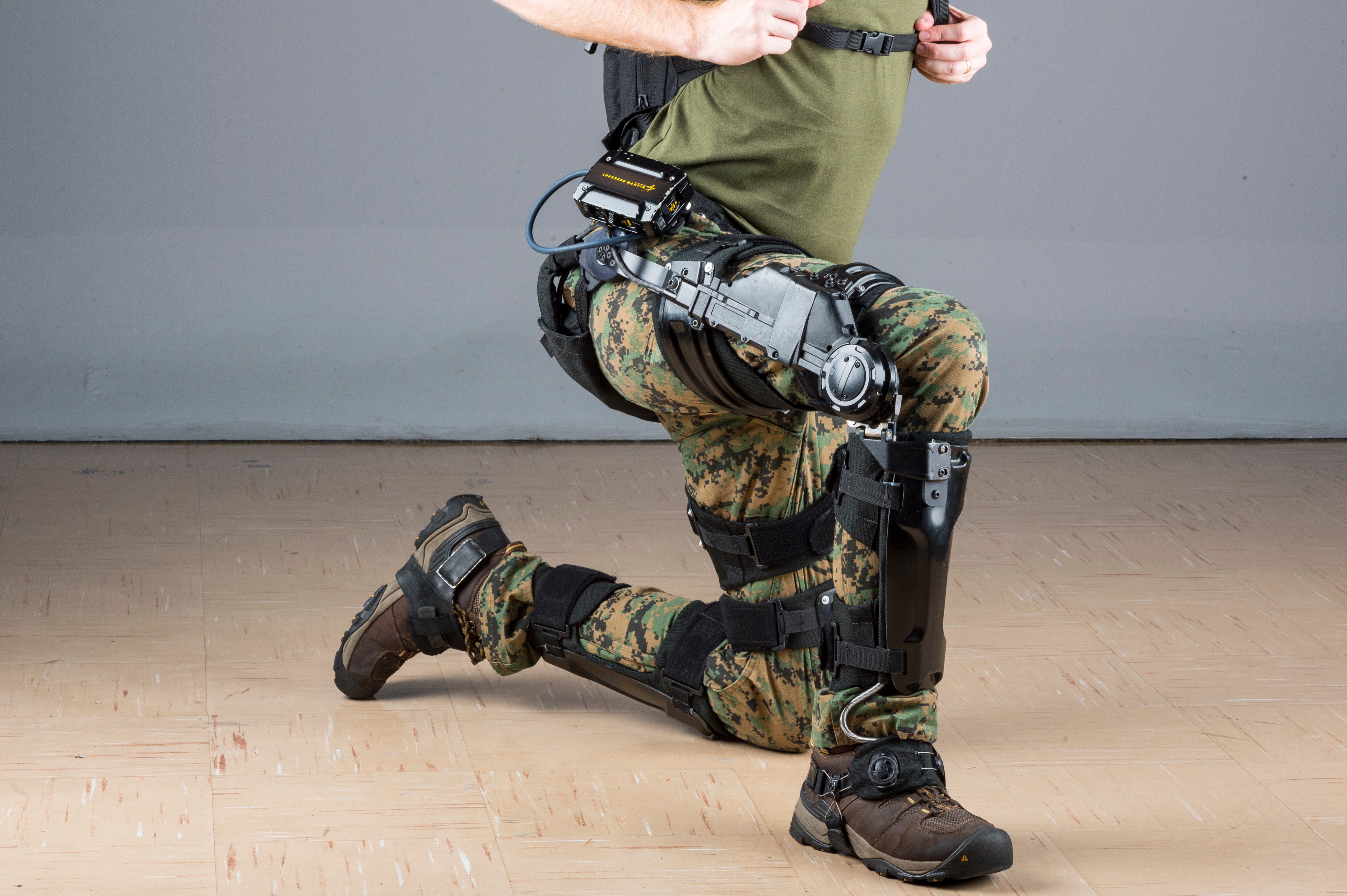Nextflex, a U.S. consortium of companies dedicated to advancing Flexible Hybrid Electronics (FHE) in the 3D printing industry, has entered into a cost-sharing agreement with the Air Force Research Laboratory (AFRL).
The deal will see the U.S. Department of Defense (DoD) provide up to $154m worth of investment over the next seven years, in order to fund the development of 3D printed electronics that can support military operations and defense manufacturing.
“We are excited to continue our partnership with NextFlex and its members,” said Dr. Richard Vaia, Chief Scientist for the Materials and Manufacturing Directorate at AFRL. “The Flexible Hybrid Electronic manufacturing ecosystem did not exist five years ago. Today these technologies are not only providing component solutions to our current platforms, but are revolutionizing our design concepts for future transformation capabilities for 2030.”

Nextflex’s mission to progress FHE
Nextflex was formed in August 2015 through a cooperative agreement between the DoD and FlexTech Alliance. The coalition includes companies, academic institutions, non-profit and state agencies, with a shared goal of advancing the U.S. Manufacturing of FHE. Nextflex’s research has focused on devising a new class of lightweight, low cost, stretchable, FHE devices for the medical, robotics and communication markets. By adding electronics to new materials and creating conformable products, the organization aims to achieve a state of “electronics on everything” i.e. it aims to apply FHE to all aspects of everyday life.
Having received $75m of initial funding from the AFRL in 2015, the organization has since re-distributed this investment to its members, for them to work on individual projects that advance FHE technology. For instance in June 2017, Albuquerque-based 3D printing company Optomec was awarded $3m for a project that saw the company provide Aerosol Jet 5x 3D printers to the NextFlex Technology Hubs in San Jose, California and in New York.
This investment was followed by support for the military contractor Lockheed Martin in July 2018, which was one of seven companies that received a portion of a $12m cash injection by Nextflex. For Lockheed, the funding was awarded to compile a database of additively printed antennas and microwave elements, and develop epidermal sensors for robotic exoskeleton knee control, to help injured soldiers.
Since then, the institute has been ramping up its financial support for FHE projects, offering a further $11m of investment to research programs in August 2018, and making a call for proposals to fund projects in June 2019. Following another $11.5m of funding awarded to 12 new projects in May 2020, the group has invested a total of more than $100m in advancing FHE 3D printing technology. AFRL has now pledged an additional $154m to the Nextflex, so the organization can continue to work towards its “electronics on everything” objectives.
“Over the last five years, the DoD and government partnership with NextFlex and its members, demonstrated numerous flexible hybrid electronics-based prototypes for modernization priorities,” said Dr. Eric Forsythe, the NextFlex Government Program Manager and ERP SAMM Hybrid Thrust Lead at the US Army Combat Capabilities Development Command’s Army Research Laboratory.
”We are excited to support the OSD ManTech Office in the execution of the second AFRL cooperative agreement. Many new approaches will be implemented in the second agreement, supporting emerging national advanced manufacturing challenges and DoD priorities.”

The AFRL’s $154m investment
Nextflex’s agreement with the AFRL includes funding from the Office of the Secretary of Defense’s (OSD) Manufacturing Technology Program. The company will use the additional investment to support its ongoing mission to drive electronics innovation for manufacturing and military applications, and OSD research & engineering modernization.
The FHE projects will reportedly include the conformal 3D printing of functional dielectric and conductor materials on complex 3D surfaces, and the development of a database about 3D printed antennas and microwave elements. In addition, Nextflex will create new FHE innovations, focusing specifically on DoD technology transitions that will work to increase military capabilities.
As part of the deal, the company’s new role will be to update and expand its FHE technology roadmap, and work with government agencies to accomplish set goals. Nextflex will also use the funding to develop a more robust FHE ecosystem in the U.S, by expanding several of the consortium’s combined FHE projects.
The DoD’s Defense-wide Manufacturing Science and Technology Program has also awarded another $10m, which will be dedicated to developing processes and technologies that are needed to produce state-of-the-art defense systems. Nextflex will use the cash to finance projects within its network of 100 members that advance fabrication processes for FHE, and support the advanced manufacturing goals of the DoD.
“We’re beginning to see some of the initial projects we’ve collaborated on with our members make great strides towards the market, or towards active military use. As the leading member organization and collaboration partner in the field of FHE, we know this new funding will pave the way towards the vision of electronics everywhere,” said NextFlex Executive Director Dr. Malcolm Thompson.
FHE in the 3D printing industry
While DoD-backed Nextflex has invested a considerable amount in the development of FHE, other 3D printing companies are also making progress with the technology.
High-precision micro dispenser manufacturer, nScrypt, announced the successful 3D printing of solder and adhesive dots in the 50-micron range in February 2020. The achievement advanced the manufacturing of FHE, by allowing solder dots to be printed directly and precisely onto flat and irregularly-shaped electronics boards.
Researchers at Oregon State University (OSU) combined Galinstan, a liquid metal alloy, with nickel, to create a paste that could be 3D printed into stretchy, electrically conductive components in March 2018. The team’s discovery was demonstrated by 3D printing a stretchy component containing two complete circuits that overlap without touching each other.
Using a hybrid 3D printing method, researchers at Harvard University unlocked a new range of flexible metals in September 2017. Combining direct ink writing (DIW) with automated pick and place (P+P) of pre-fabricated components, enabled the creation of “soft electronic devices of nearly every size and shape.”
You can now nominate for the 2020 3D Printing Industry Awards. Cast your vote to help decide this year’s winners.
To stay up to date with the latest 3D printing news, don’t forget to subscribe to the 3D Printing Industry newsletter or follow us on Twitter or liking our page on Facebook.
Looking for a job in the additive manufacturing industry? Visit 3D Printing Jobs for a selection of roles in the industry.
Featured image shows the 3D printing process used by a Nextflex member company to produce FHE components. Photo via Nextflex.



